About music on public transport in the context of EU law
There is no doubt that travelling with the accompanying sound of music is more enjoyable than travelling in silence. However, one should keep in mind that dissemination of musical works on public transport should respect the relevant copyrights. In joined cases C-775/21 and C-826/21, the CJEU considered the problem of making music available on trains and planes.
Dispute before a Romanian court:
A collective rights management organisation for the authors of music brought an action against Blue Air, the now defunct airline, demanding payment of outstanding fees and penalties for the public release of musical works on board. The airline pointed out that (despite the fact that the sound system is installed on 22 of the 28 aircraft of its fleet) it had only made one song available on 14 of its aircraft after obtaining the relevant licence. In response, the plaintiff organisation argued that the mere existence of a public address system was already sufficient to assume that copyrighted works were made available on board of all 22 planes.
At the same time, another collective rights management organisation for phonograms brought an action against the railway company claiming payment of outstanding fees and penalties for the public sharing of musical works on trains. As in the previous case, the organisation argued that the mere existence of public address systems in the carriages was sufficient to give rise to a presumption of works being distributed on board.
The courts hearing the case referred questions to the CJEU for a preliminary ruling. One of these was whether the mere existence of public address measures in a vehicle gives grounds for a presumption of communication involving copyright works.
CJEU judgment:
In its judgment of 20 April 2023 (ref. C-775/21 and C-826/21), the Court first of all indicated that the dissemination of a musical work as background music in a means of passenger transport constitutes making the work available to the public.
In the context of a sound system, the CJEU decided that Article 3 3(1) of Directive 2001/29/EC of the European Parliament and of the Council of 22 May 2001 on the harmonisation of certain aspects of copyright and related rights in the information society, and Article 8(2) of Directive 2006/115/EC of the European Parliament and of the Council of 12 December 2006 on rental right and lending right and on certain rights related to copyright in the field of intellectual property must be interpreted in such a way that the installation of sound equipment in means of transport and, where appropriate, software to enable the broadcasting of background music does not constitute making works available to the public within the meaning of those provisions.
In its justification, the CJEU referred to its judgment of 22 June 2021 in the YouTube and Cyando case (references C-682/18 and C-683/18), which emphasised that ”The mere provision of physical facilities for enabling or making a communication does not in itself amount to communication within the meaning of this Directive.” The Court upheld its case law and held that the ordinary “installation of sound equipment in a means of transport cannot be comparable to acts by which service providers intentionally transmit protected works to their customers by distributing a signal by means of receivers which they have installed in their establishment, allowing access to such works.
Comment:
The judgment at hand seems relevant not only for transport service providers but also for all other entrepreneurs who, for various reasons, have sound systems installed at their place of business. The judgment in joined cases C-775/21 and C-826/21 signals that copyright holders cannot claim payment for making works available by referring only to the fact that a sound system is installed in a particular place.
See more:
The complexity and high level of subjectivity in assessing the likelihood of confusion based on three recent CJEU judgements
A likelihood of confusion exists when consumers can be misled into believing that goods or services bearing the opposing trademarks originate from the same company or from economically linked companies. It is assumed that the assessment of the likelihood of...
Overview of CJEU case law from 12 April 2025 to 4 May 2025
Below we present an overview of CJEU case law concerning intellectual property for the period from 12 April 2025 to 4 May 2025. T-338/24 - Mobility Trader v EUIPO - Cala and Ruiz (hey car select) - The case concerned opposition proceedings (likelihood of confusion). -...
Polish Patent Office confirms broad monopoly of a word trademark (decision of the Polish Patent Office of 15 April 2025 in case Sp.180.2023)
On the 31st of July 2014, a Polish company Browary Regionalne Jakubiak sp. z o.o. filed an application with the Polish Patent Office for a device trademark including word SMOK [EN dragon] for goods in class 32, i.e. beer, non-alcoholic beer. (R.275353, registered on...
